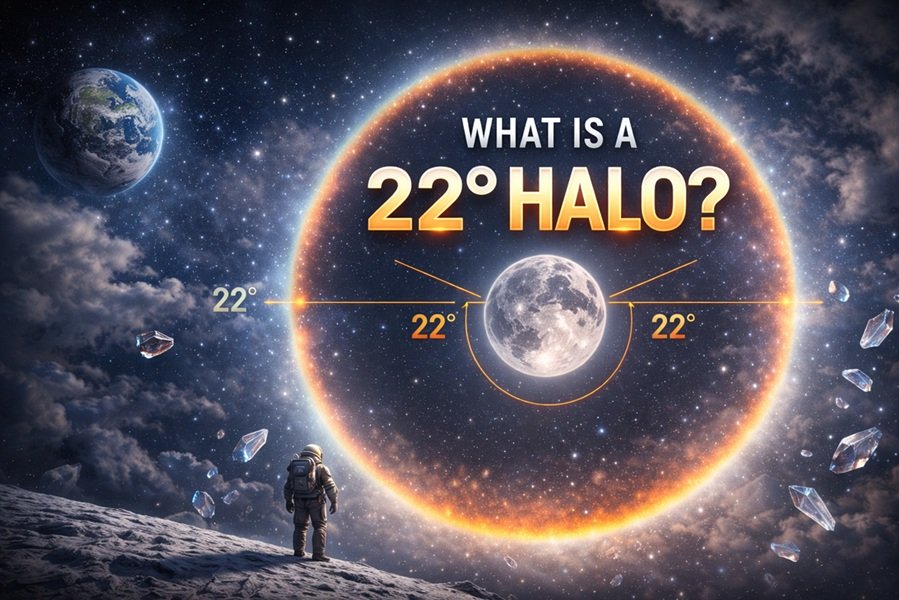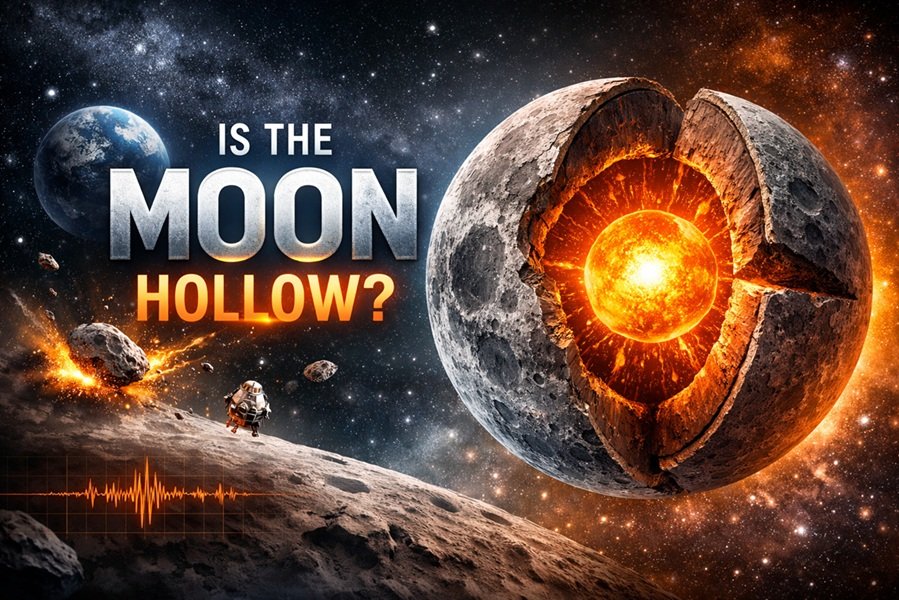
When you look up at the night sky, what color do you see? For most people, the universe appears pitch black, sprinkled with stars. But astronomers have long asked a more nuanced question: If we could capture and average the light from every star, galaxy, nebula, and cosmic structure in the universe, what color would it be?
Surprisingly, the answer is not black — it’s a subtle, pale color officially dubbed “cosmic latte.” In this article, we’ll explore what that means, how scientists discovered it, and why this question holds more significance than it might seem.
Why Color Matters in Astronomy
Color isn’t just about aesthetics — it’s a window into the composition, temperature, and movement of celestial objects.
- Blue stars are typically hotter and younger.
- Red stars are older and cooler.
- Galaxies emit light in a range of wavelengths depending on the types of stars they contain and their distances from Earth (due to redshift).
By analyzing light across the electromagnetic spectrum, astronomers gain insight into the universe’s age, expansion, and makeup.
The Discovery of Cosmic Latte
In 2002, Karl Glazebrook and Ivan Baldry, astronomers at Johns Hopkins University, set out to study the light spectrum of galaxies in the 2dF Galaxy Redshift Survey. They analyzed the combined light from more than 200,000 galaxies spread across the observable universe.
Initially, they expected the average color to reflect the blue glow of young stars or the red hue of older ones. But when they converted the aggregate spectrum into visible color (as seen by the human eye), they were surprised to find a soft beige-white hue — not blue, red, or black.
They jokingly ran a poll to name the color, and “cosmic latte” won, beating other fun options like “skyvory” and “univeige.”
The Science Behind the Color
To understand the true color of the universe, Glazebrook and Baldry used a technique known as spectral averaging:
- Collect spectral data from hundreds of thousands of galaxies.
- Correct for redshift, the effect of the expanding universe that stretches light to longer wavelengths (redder light).
- Combine the light into one unified spectrum.
- Translate the result into a color using color matching functions based on human vision.
This process essentially simulates what your eye would perceive if you could view the entire universe’s light at once.
The result was an RGB (Red-Green-Blue) value very close to:
- R: 255
- G: 248
- B: 231
This color closely matches the hex code #FFF8E7, a very pale beige-white.
What Is Cosmic Latte?
Cosmic latte is the average color of all the light in the universe, weighted by intensity and human visual perception. Think of it as the cosmic “background color” created by the combined light of billions of galaxies.
It might seem underwhelming — a light tan — but this average hides a tapestry of colors: fiery blues from hot stars, dusty reds from aged galaxies, glowing pinks from star-forming nebulae, and brilliant whites from supernovae.
This beige tone arises because:
- There are more red and yellow stars (older and cooler) than blue ones.
- The expansion of the universe redshifts blue light into longer, redder wavelengths.
- Dust and gas absorb and scatter higher-energy (blue) light.
Has the Color Changed Over Time?
Yes, the color of the universe has evolved over billions of years.
- Billions of years ago, the universe was much bluer, dominated by hot, massive stars forming in abundance.
- Today, the universe is growing redder as star formation slows and massive blue stars burn out, leaving behind cooler, redder stars.
If we could watch the universe age in fast-forward, we’d see it fade from bluish-white to beige to a deeper red over trillions of years, as stars eventually go dark.
Why Is the Night Sky Still Dark?
If the universe’s average color is pale beige, why does the night sky look black?
This is known as Olbers’ Paradox, which asks: Why isn’t the night sky bright if the universe is filled with stars?
The answer involves several factors:
- The universe is finite in age — we can only see light from stars within ~13.8 billion light-years.
- The universe is expanding, causing redshift and dimming distant light.
- Dust and gas absorb light, and energy disperses over cosmic distances.
So although the universe emits light, it is not enough to illuminate the night sky in any noticeable way to the naked eye.
Significance of This Finding
Determining the universe’s average color may sound trivial, but it reflects deep truths about:
- The composition of stars and galaxies.
- The cosmic star formation history.
- The aging of the universe.
- The power of spectroscopy in modern astronomy.
It also helps in communicating scientific knowledge in accessible, even poetic ways — “cosmic latte” has since become a metaphor for unity and the subtle beauty of the cosmos.
Closing Thoughts
The idea that the universe has a color — and that it’s a warm, gentle beige-white called cosmic latte — is a beautiful reminder that even grand scientific truths can be boiled down into concepts we can see and relate to. It shows us that the cosmos isn’t just vast and dark, but filled with the soft glow of ancient starlight, woven across space and time.
As we continue exploring the universe with newer telescopes like the James Webb Space Telescope, who knows what new shades of understanding we’ll discover?
Explore Quizzes:
- What’s Five Times Hotter Than the Sun That Can Be Found on Earth?
- Are Mushrooms Plants or Animals?
- What is the Original Purpose of Bubble Wrap?
- Does It Snow in South India? A Look at Lambasingi
- Who was the first player to take a wicket on 0th ball in men’s international cricket
- Why Was Air Conditioning Invented?
- What is the southernmost point of India?
- Why Was Rumali Roti Created? History, Origin & Culinary Significance







